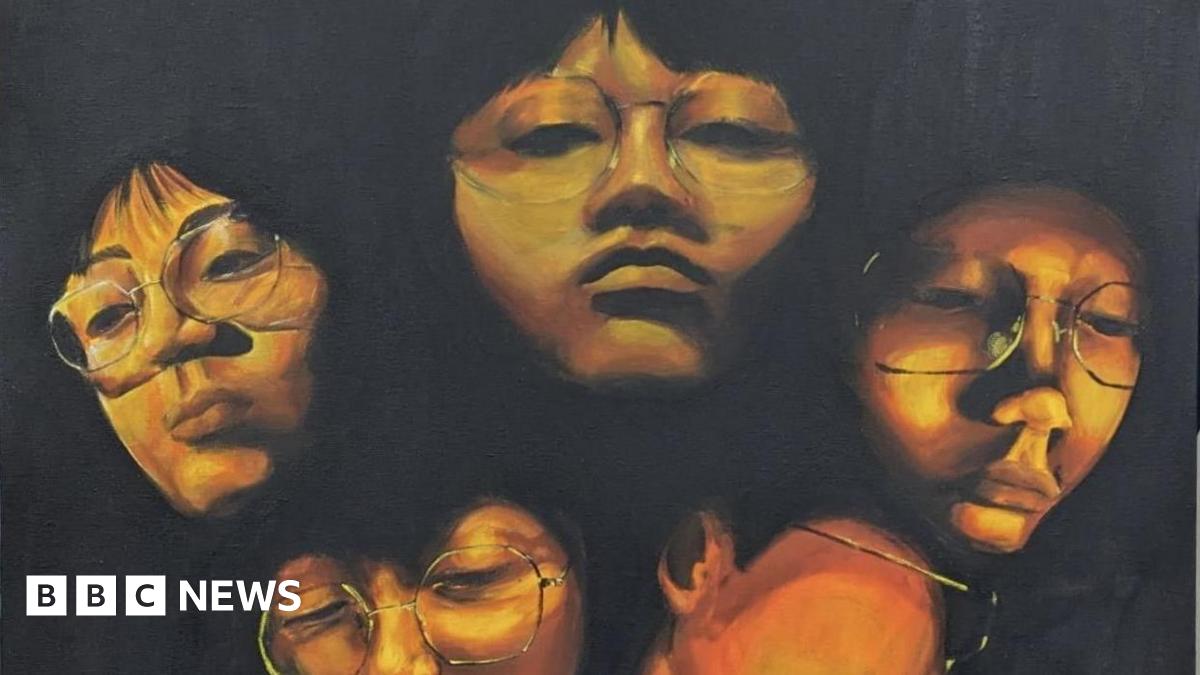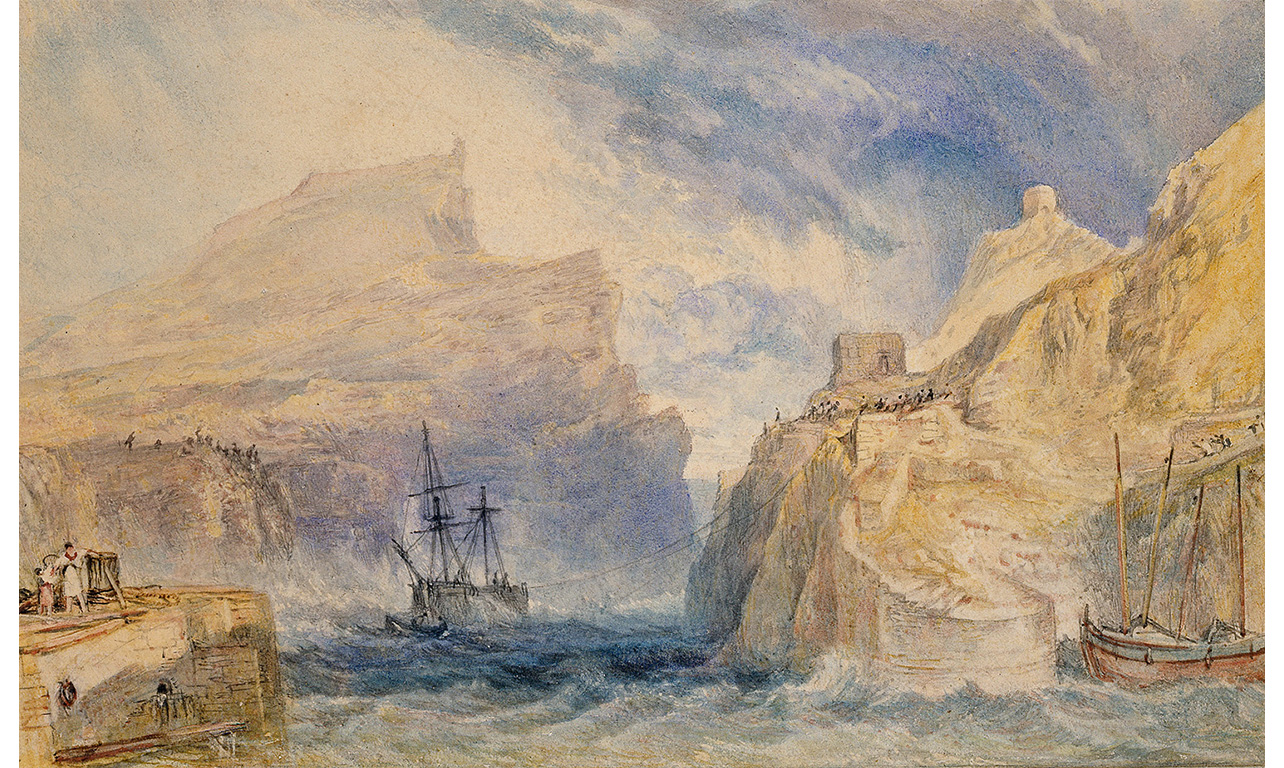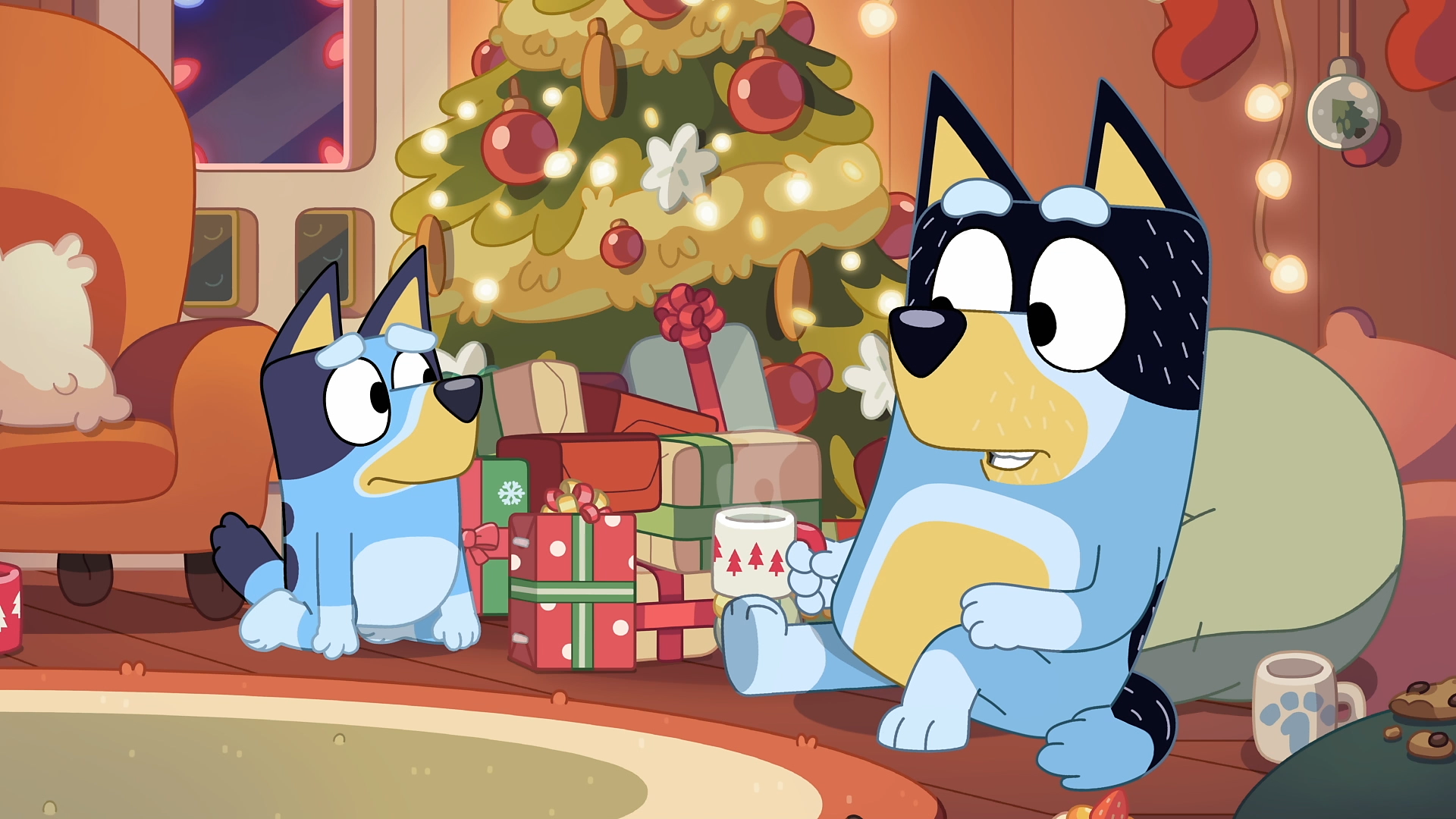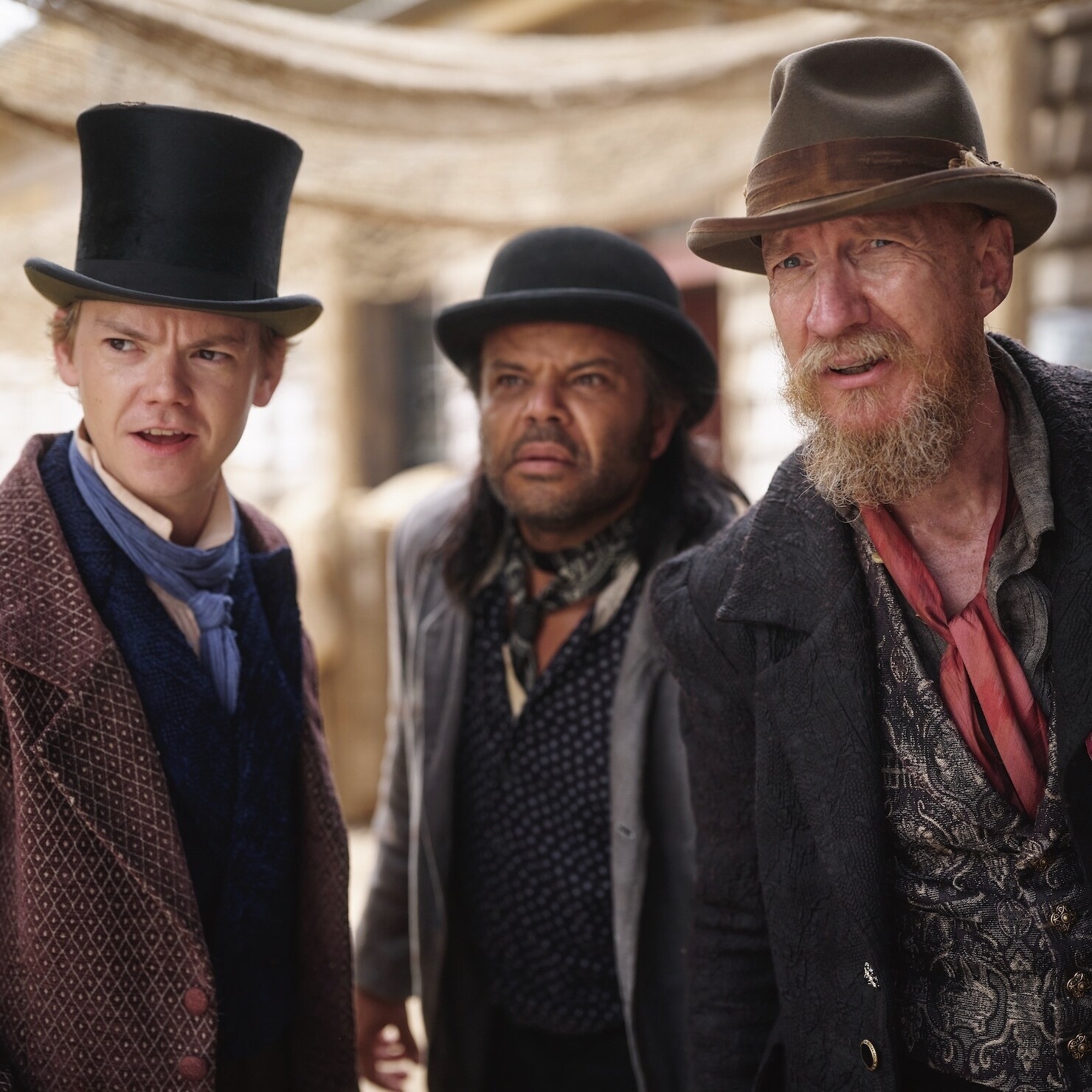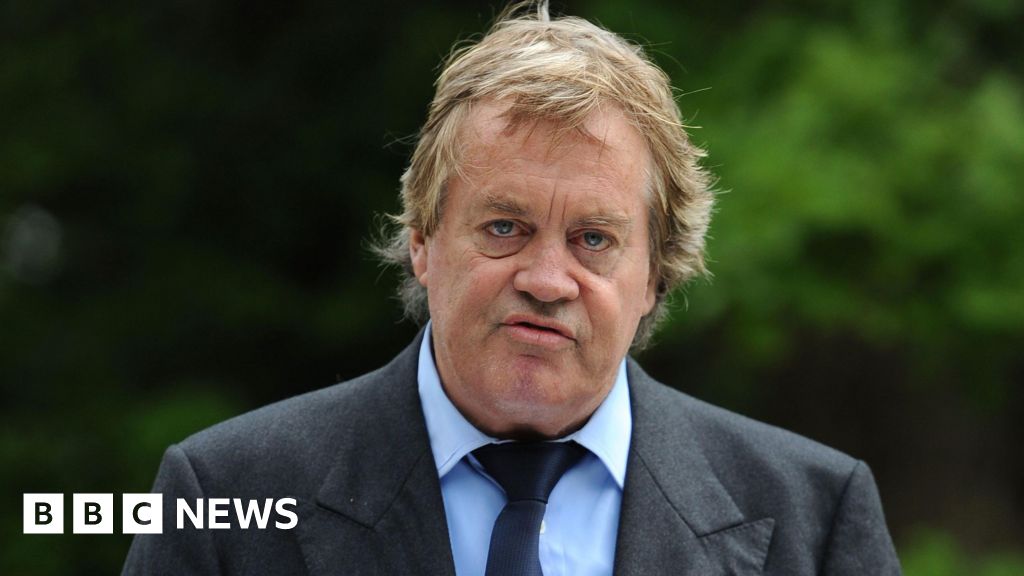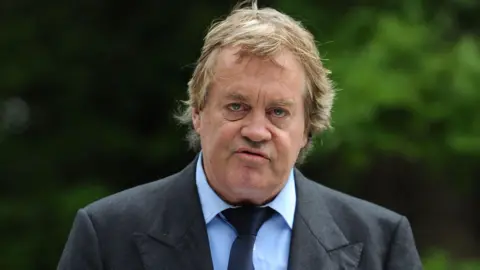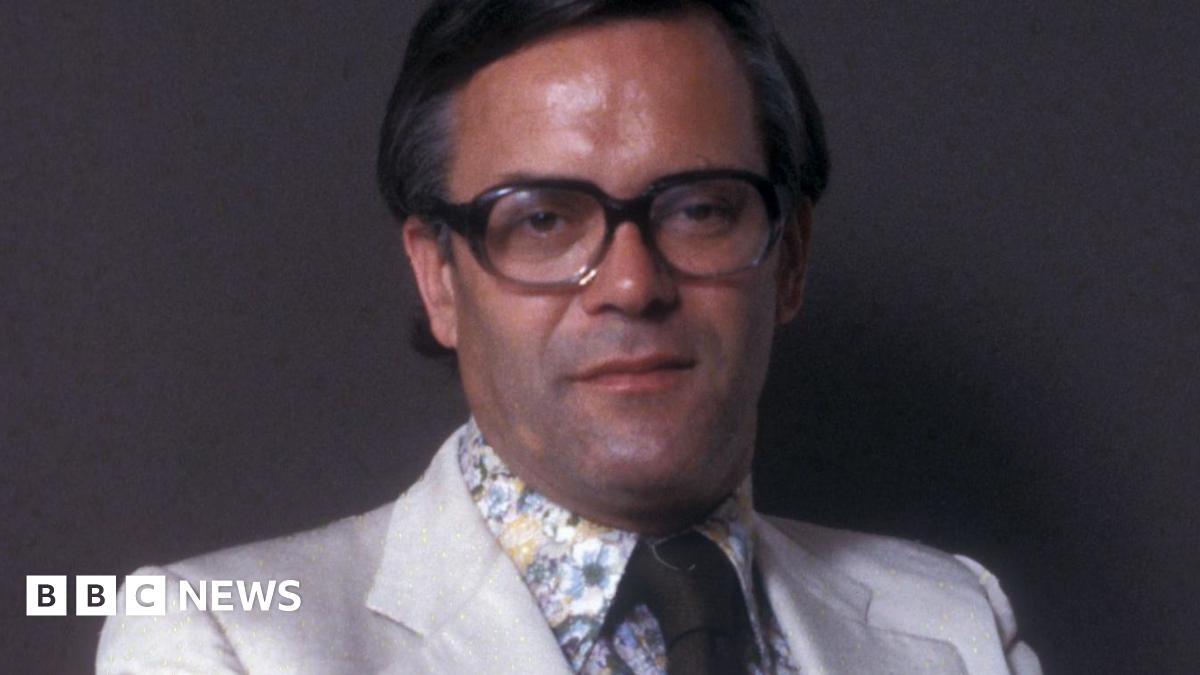The winners of a Gen Z art competition have been announced at the opening of a new exhibition of their work.
The Z Open run by Bradford District Museums and Galleries was open to entrants aged 16 to 25 years who live, work or study in Bradford.
Continue Reading
